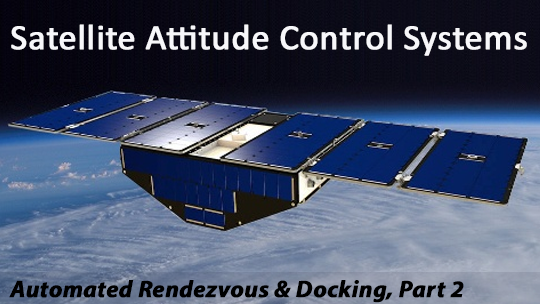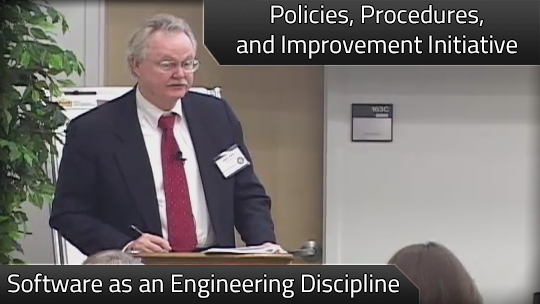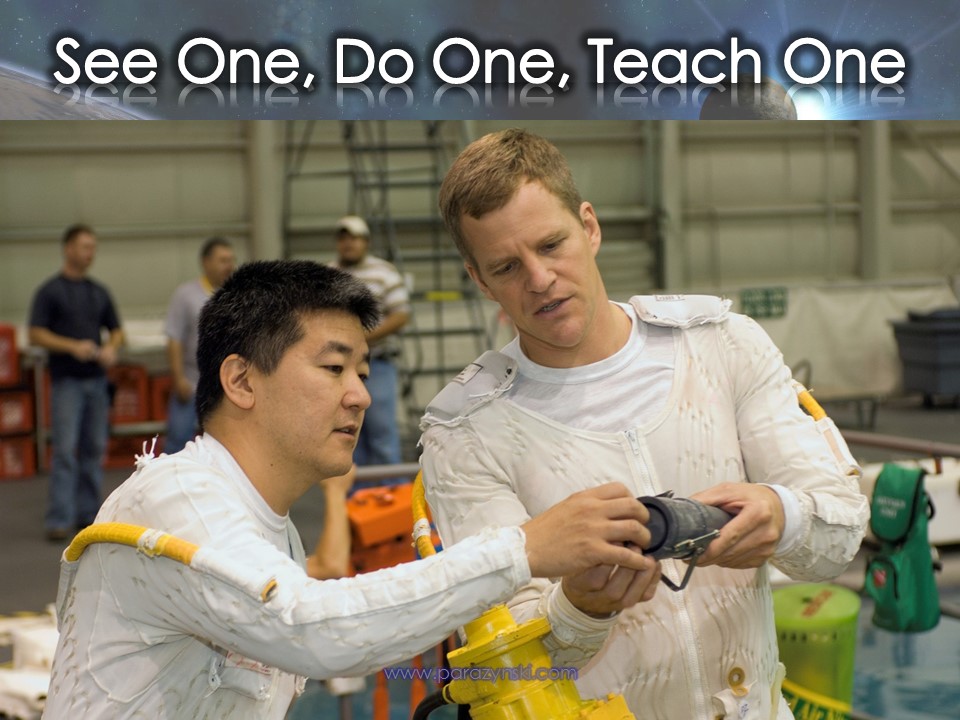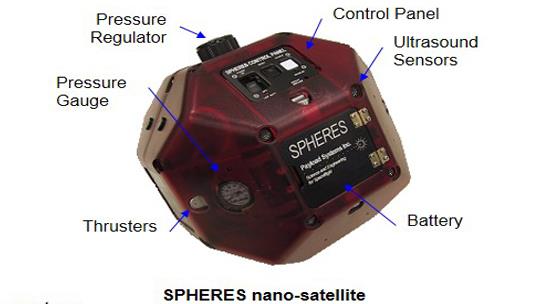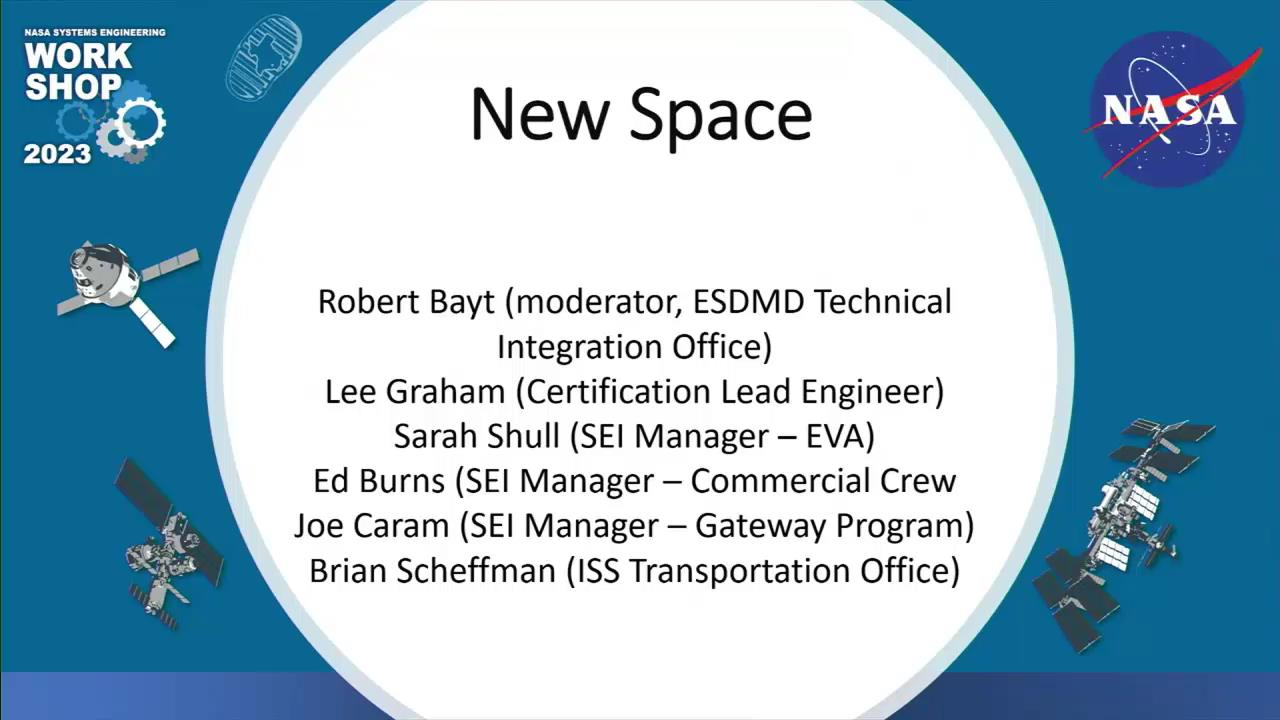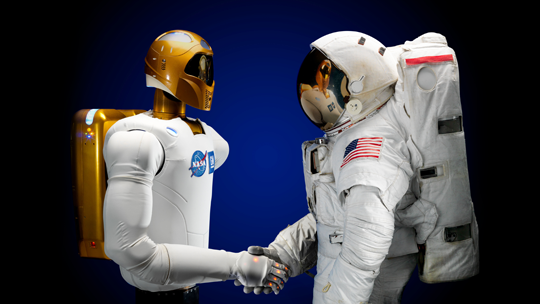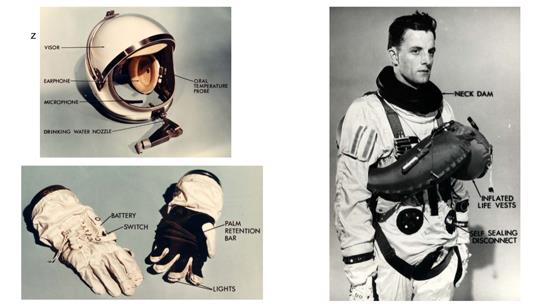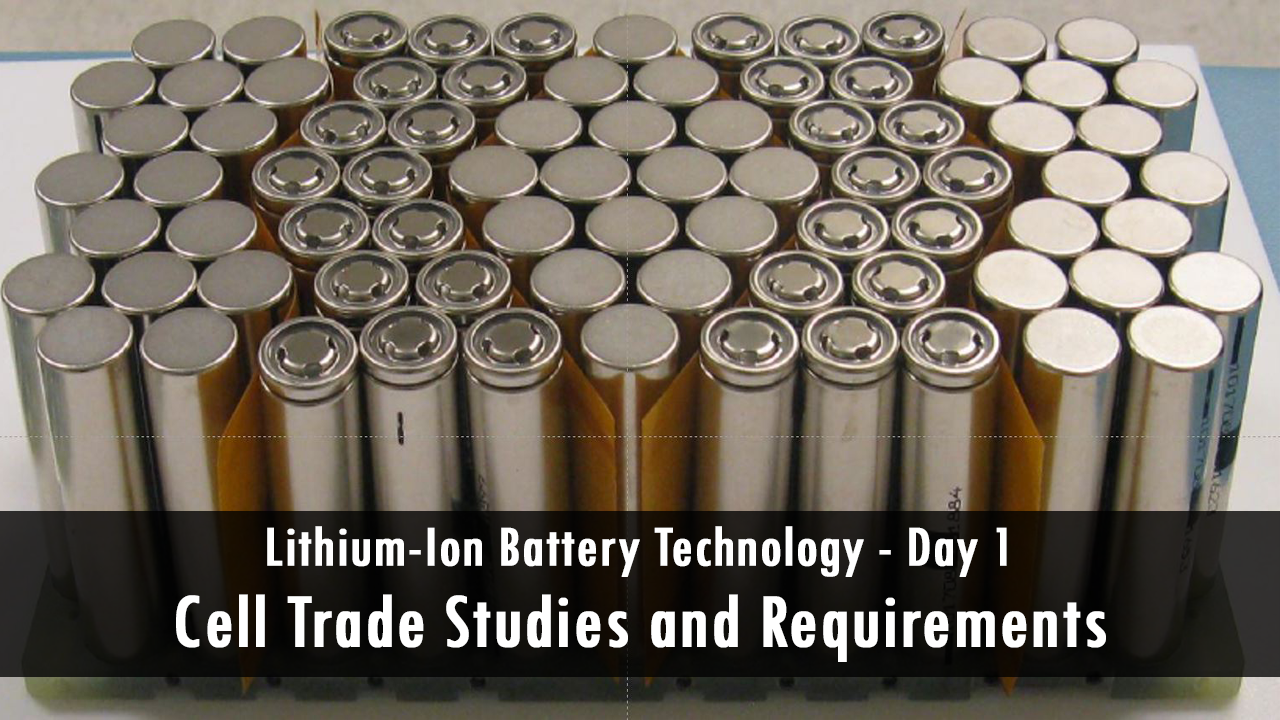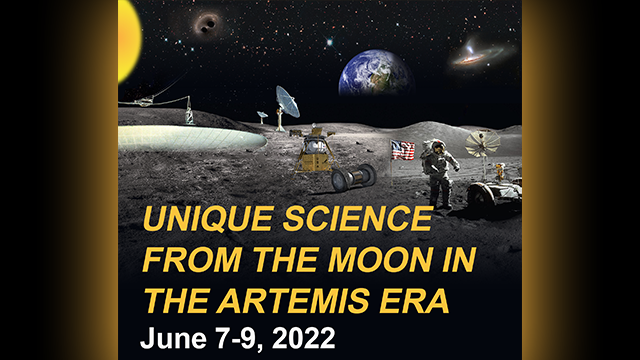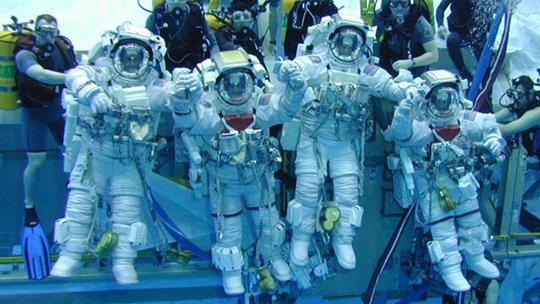ISS Inspection Capabilities and Challenges
Discipline: Nondestructive Evaluation
The rationale and strategy for inspection of the International Space Station (ISS) is based largely on lessons learned during the Shuttle/Mir, ISS Phase 1 Program. Experience gained through the survey of Mir established the basis for conducting similar surveys of ISS. Imagery is used today, as it was then, as a means for monitoring the condition of the spacecraft, support problem solving and anomaly investigations, and to provide early detection of changes affecting the long-term health of the aging station. The engineering data derived from imagery validates environment and dynamic models, contributes to spacecraft design measures and supports risk reduction. During the assembly and early utilization phase of ISS, the Space Shuttle provided an excellent platform for the acquisition of ISS surface imagery while docked and during proximity maneuvers, providing 100% coverage. Now, the ISS relies upon its own suite of inspection assets. ISS inspection coverage is constrained by the limits of the procured technology, installation locations, and operational priorities. This presentation will provide an overview of the available ISS inspection assets (primarily regarding external imagery) and summarize the challenges in acquiring a comprehensive survey of the ISS.
